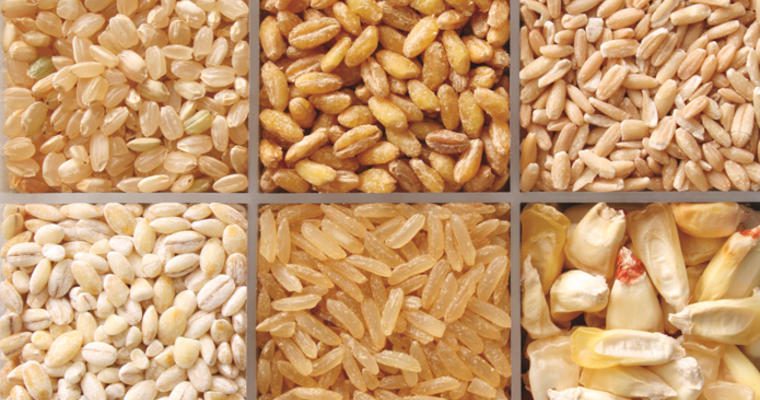Regulations for gluten-free foods haven’t been easily defined for food service operators, and gluten can be difficult to identify on most food labels. Since gluten is the protein found in wheat, rye, barley, and their derivatives, it can be found in many products. Simply looking for wheat in the allergen statement alone does not guarantee the item is gluten-free.
The Food and Drug Administration (FDA) announced that the voluntary term “gluten-free” will be defined as a product containing less than 20 parts per million (ppm) of gluten. Research suggests people with celiac disease can tolerate small amounts (20 ppm or less) of gluten without having serious health effects.
Labeling foods gluten-free: a voluntary step in the right direction
This new rule will go into effect August of 2014 and applies to any foods regulated by the FDA, which does not include USDA regulated foods such as meat, poultry and certain egg products. Since this regulation is voluntary, that means manufacturers will not be required to label products “gluten-free”. However if they do, they will then be held to meet the specifications of this regulation.
This summer, a gluten-free symbol will appear on Gordon Food Service privately branded items, identifying those products that contain 20 parts per million or less of gluten.
The FDA has made it clear that restaurants must follow the same rule. Operators who list menu items as gluten-free have the independent obligation of determining whether the finished menu item would still qualify as gluten-free after preparing and combining with other ingredients. Labeling menu items as gluten-free is voluntary.
Five steps to a developing a gluten-free restaurant program
- Develop the menu. Find out which food items already are gluten-free and which ones you can convert. Don’t be afraid to start small. Fewer options, done safely, is a good way to build customer confidence.
- Validate the ingredient content. Not only should you read and understand product labels, but you should consult with a professional, such as a Gordon Food Service dietitian, to check for allergens.
- Train your staff. Customers will ask questions about gluten-free food preparation, so employees—front of house and back of house—need to know about cross-contact risks, preparation processes, and menu substitutions.
- Dedicate kitchen space. Separating storage, prep areas, and cooking equipment are the best ways to make sure you keep your gluten-free food promise.
- Let customers know. Use everything from table tents to social media posts to make customers aware of your gluten-free offerings.
The Nutrition Resource Center at Gordon Food Service, a team of registered dietitians and certified food-safety professionals, offers many food safety tools and resources for customers.




























